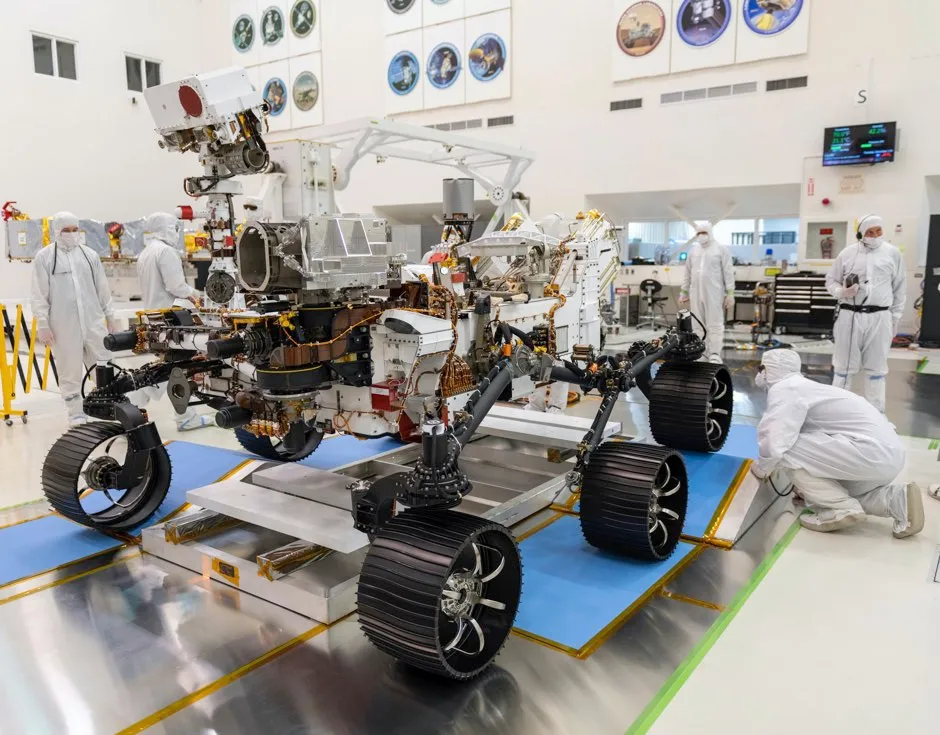NASA has delayed the launch of its newest Mars rover yet again, to the end of July at the earliest, this time for a rocket issue.
If the Perseverance rover is not on its way by mid-August, it will have to wait until 2022 when Earth and Mars are back in proper alignment, costing NASA close to $500 million for the delay alone.
Managers are now targeting to launch the Mars 2020 mission no earlier than 30 July for liftoff from Florida’s Cape Canaveral, eating up half of the month-long launch window.
The good news is that NASA is trying to eke out more time in this summer’s launch opportunity, now lasting until at least 15 August.
The chance to fly to Mars comes up only every 26 months.
It is NASA's most ambitious Mars mission yet, totalling around $3 billion US dollars.
Read more about Mars exploration:
- Move over, Mars: why we should look further afield for future human colonies
- Tim Peake: finding even a single cell on Mars would be “hugely significant”
- InSight: what NASA's mission to Mars could find inside the Red Planet
Besides seeking signs of past microscopic Martian life, Perseverance will gather rocks and soil for eventual return to Earth.
It will also deliver the Mars helicopter Ingenuity to the surface, where it aims to become the first drone to fly on another planet.
Rocket maker United Launch Alliance needs extra time to deal with a liquid oxygen sensor line that showed questionable readings during a recent practice countdown, officials said Tuesday.

Previous technical concerns, including crane trouble at the pad, bumped the launch from the original 17 July to 20 July and then 22 July.
The United Arab Emirates and China, meanwhile, still are pressing ahead with launches of Mars spacecraft this month or next.
Russia and the European Space Agency had to bow out, delaying their Mars rover until 2022 because of delayed spacecraft testing and travel limitations due to the coronavirus pandemic.
Reader Q&A: Why do we never see video footage from Mars?
Asked by: Richard O’Neill, Glasgow
Video footage requires much higher data transmission rates than still images, and it can take several hours for NASA to receive just one high-resolution colour image from Mars.
Engineers are looking at switching from radio to infrared communication, because the much shorter wavelength offers far higher data rates. The next generation of Mars landers may then send back HD video imagery direct from the Red Planet.
Read more:
